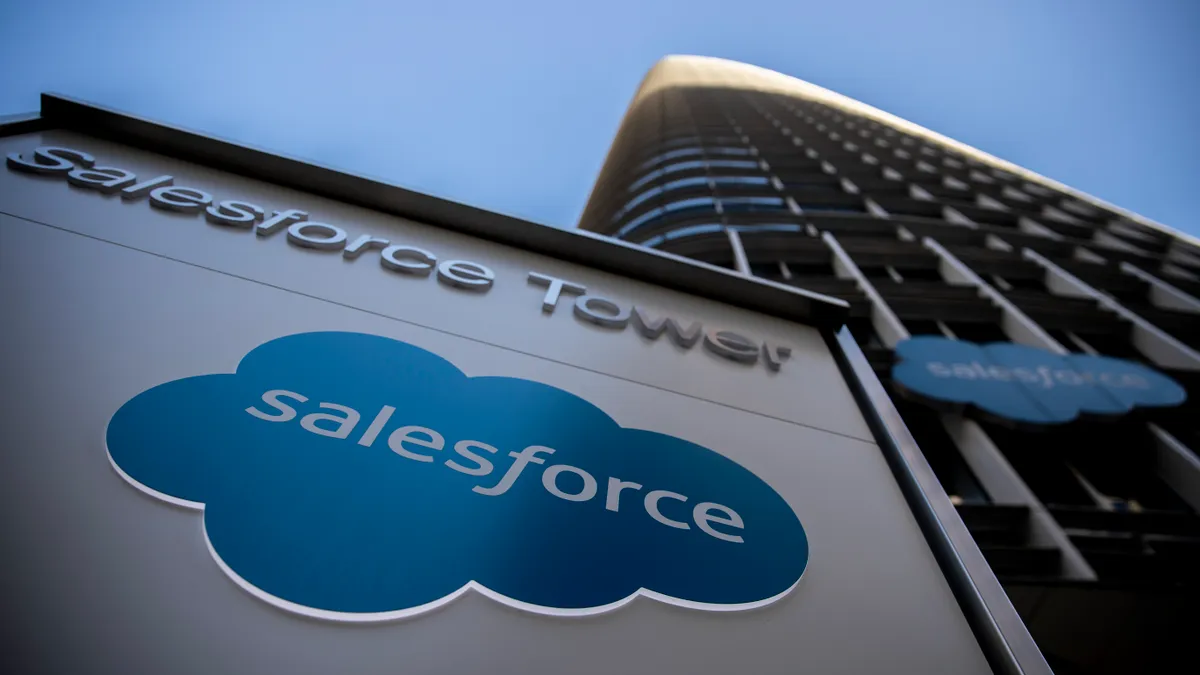The pandemic acted as a catalyst for change among IT departments. The quick shift accelerated digital transformation, but it didn't always go as smoothly as business units hoped.
Navigating an overwhelmed workforce and messy technological leaps, IT leaders are preparing to sustain the digital workplace for a longer term. For panelists at Laserfiche Empower 2021 on Tuesday, a human-first approach and collaboration across business units drives future strategy.
To coordinate the human element with the IT department, Texas A&M University Corpus Christie designated a point person to each college to deal with technical support, according to Ed Evan, associate VP for IT and CIO.
"They have a name," said Evan. "Instead of just going through the service desk, [students and faculty] knew their primary support person." Naming the individual provides a more personal connection, rather than a generic support service.
The university IT department also accepted that they risked overwhelming students and faculty if too many new features were rolled out, according to Evan.
"People are overwhelmed with change right now working in a new environment, managing life in a new way," said Evan. "Maybe there were select items we accelerated, but in general we didn't deploy new tools."
Now, several months into the remote environment as individuals settle in their roles, the IT department has gone back to deploy new tools and respond to feedback.
"Without good communication with the breadth of our constituencies across campus, we really wouldn't have been able to work together and continue moving the whole university forward," Evan said.
The communication and cross-business collaboration also kept the town of Okotoks, Alberta, Canada up and running during the transition, according to Marty Gaffney, network technician.
The human resources department did a skill set inventory to understand what capabilities each employee had beyond their job descriptions, according to Gaffney. Somebody in the aquatics department owned a video production company, for example, and moved full time to another department to do video production for the organization.
"Where we see this being used going forward is working with other business centers that may not have had people laid off and just get the skill set inventories done for them as well," so employees can be transferred to another department where the skills are needed, said Gaffney.
Generally, there's been a shift away from the traditional workplace mindset. Remote work and working outside of regular work week are both here to stay, according to Gaffney.
IT departments will have to continue to rely on collaboration and communication to sustain the shifts.
"The pandemic has really highlighted the power of relationships," Thomas Phelps, SVP of corporate strategy and CIO at Laserfiche, said. Calling around to other CIOs early on allowed each company to leverage the knowledge, networks and resources "to survive but also to thrive."
At Laserfiche, the pandemic has also been a catalyst for change as the company didn't have an option to stay still. Organizational culture can be an impediment to innovation, but the company, like many others, was forced to pivot for the better, according to Phelps.













